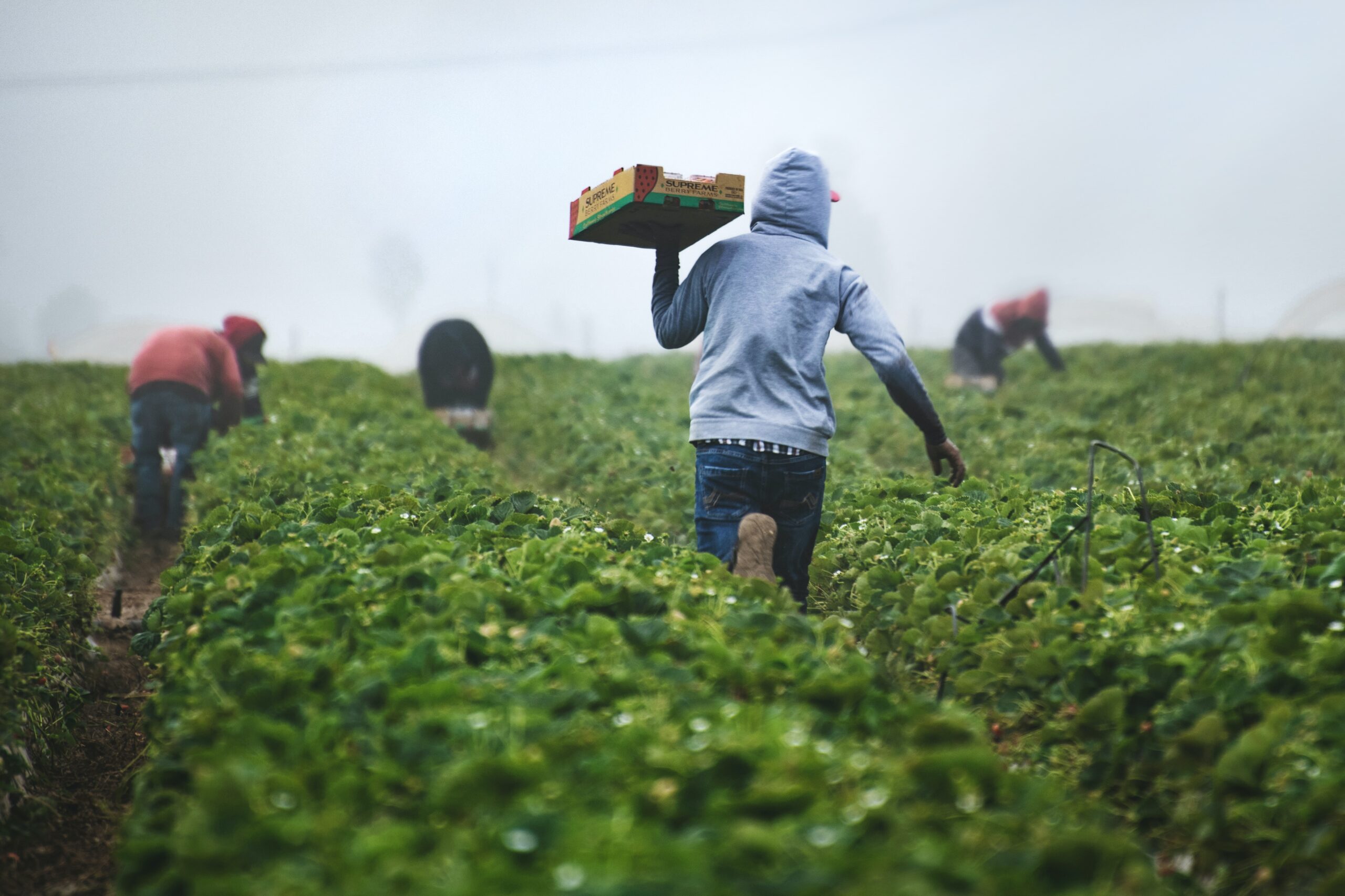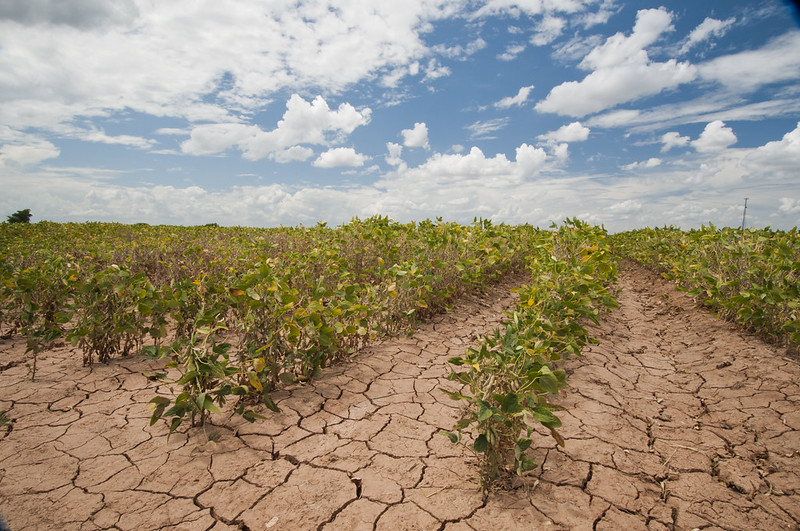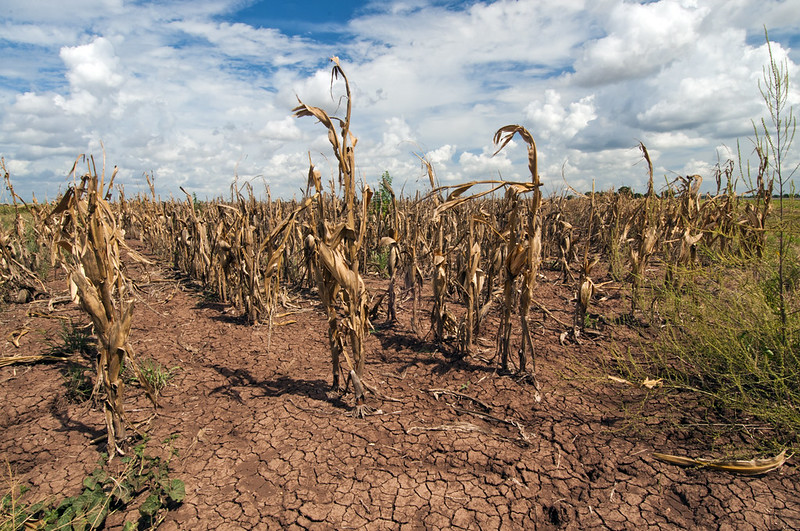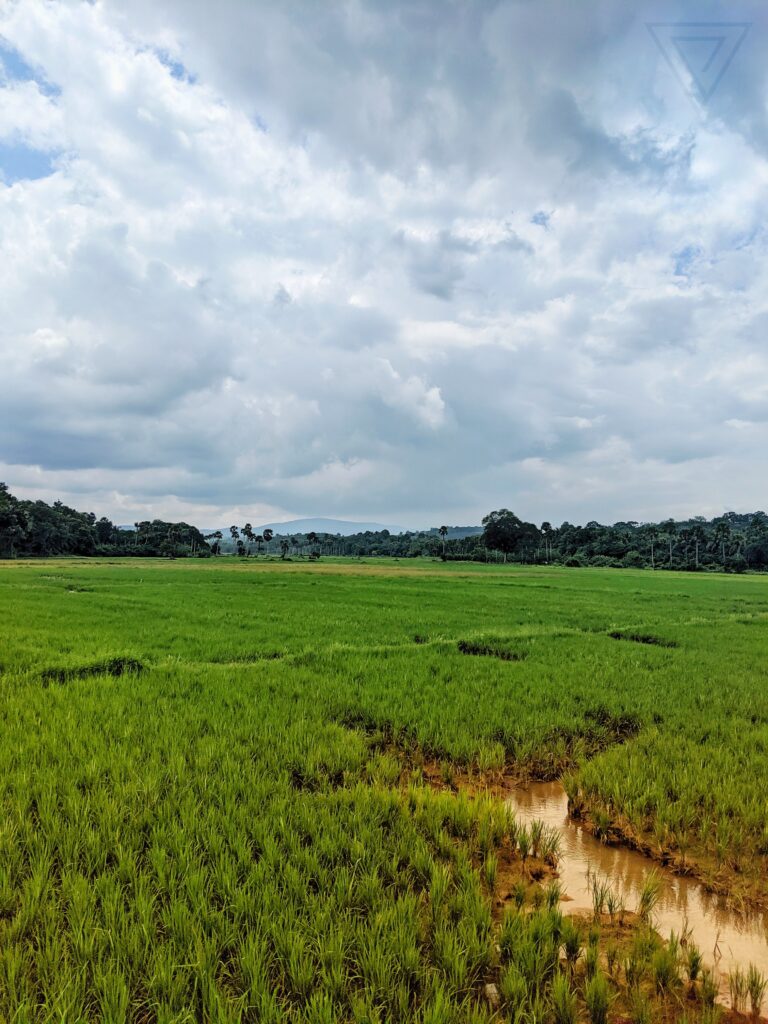
Tim Mossholder/Unsplash

Tim Mossholder/Unsplash
For many Americans, trips to the grocery store have become a painful experience.
This is not accidental. And it isn’t entirely caused by limited selections, long commutes, or lengthy lines. Rather, it’s the byproduct of one of the most serious threats to consumers, businesses, and producers alike: food price inflation.
According to CBS News, prices are rising at the “highest rate in decades.” Egg costs have doubled over the last couple years. Cereal and bread are up 25% since 2021. And much to the chagrin of almost everyone, wholesale prices of bacon have tripled since June.
The USDA predicts a 5.8 percent increase in all food prices for 2023. Heading into 2024, they predict a 2.2 percent increase. These adjustments may seem like low, negligible figures, but incremental increases such as these have applied growing financial pressure to the average American household.
While factors ranging from an outbreak of avian flu to disrupted supply chains have had major consequences on the price of food, one key issue looms in the background: climate change.

At the ground level, climate change and extreme weather events are having a noticeable effect on farmers and their businesses. Case in point: Emma Jagoz. She’s the founder of Moon Valley Farm, a 100% women-owned business producing and selling to restaurants and partners in the Washington-Maryland-Virginia area. Moon Valley’s offerings include vegetables, fruits, eggs, and mushrooms. For Jagoz, extreme weather in Maryland has had significant impacts on her business.
“Growing has definitely been made more challenging by our rapidly changing climate. Record rains cause seeds to wash out and crops to rot. And extreme heat has caused significant droughts and shortages not just for us but for many other farms,” Jagoz said.
These challenges affect not only Jagoz’s business, but the global agricultural economy as well.
According to Maggie Monast, an environmental economist with the Environmental Defense Fund, “climate impacts on agriculture, from catastrophic weather events to temperature and rainfall variability, increase risks for farmers and their financial partners. This pattern of increasing disruption directly affects food availability, prices, and ultimately, what ends up on our plates.”
These issues don’t seem to be going away. NASA estimates that by 2030, corn yields will drop 24%. The EPA also predicts that “the yields of major commodity crops (such as corn, rice, and oats) are expected to be lower than they would in a future without climate change.”

From here the explanation rests on simple supply and demand. The lower the crop yield, the more expensive it becomes. And the greater the price sold to restaurants, grocery stores, and other businesses alike, the greater the price for the consumer. This all manifests in food inflation.
“In general, extreme weather causes decreases in crop yields. And when there are shortages, that’s where price increases come from,” said John Forrer, an affiliated faculty of GW’s Global Food Institute.
But Forrer also mentioned another element to this crisis, one that has notably geopolitical undertones.
America is dangerously reliant on risky global supply chains for many crops. But when climate change affects crop yield, and the supply chains are not resilient, price hikes and shortages come about. This, Forrer noted, is what often underlies the food inflation we’ve seen in America.
Take international exports of rice for instance. Extreme weather events, such as monsoons, have caused significant damage to India’s rice crop since July. India has responded by placing a total export ban on non-basmati white rice. They then levied a 20% duty on exports of parboiled rice, as CNN reports.

This move, made in late August, will likely affect the global supply chain in a negative way. It will impede access to a crop many countries depend on. And this has a real world effect. According to CNN, “more than three billion people worldwide rely on rice as a staple food and India contributed to about 40% of global rice exports.”
According to Forrer, India’s decision is one rooted in geopolitics. India made this move to secure its domestic supply. But the prices of rice have risen dramatically following the decision. Costs are not only up in India, but in Vietnam and Thailand as well. In this vein, Forrer speculates that India made this move for financial purposes. And as CNBC reports, the export ban was the “latest in the government’s effort to rein in high food prices.” All of this comes at the potential expense of affordably feeding hundreds of millions of people around the rest of the world.
The issue is not isolated to just rice, however, as most countries around the world rely on a fragile, yet complicated supply chain system.
“70% of the world’s cocoa beans come from Nigeria, Ivory Coast, Ghana and Cameroon. If an extreme weather event were to occur in any of these countries and worsen the crop yield of cocoa beans, it impacts the whole world’s supply. And when these countries place export controls, to both ensure their domestic supply and profit from the shortage, prices will rise for every other country,” Forrer said.
Fortunately, there are potential solutions. According to Forrer, diversifying the number of supply chains the United States relies on and expanding domestic agricultural production will both help increase food security.
Policy is another way forward. The Biden Administration could sign into law a farm bill dedicated to investing in domestic farmers and crops. This has the potential to lessen our reliance on other countries in the wake of extreme weather events and therefore reduce volatility for American farmers.
But while the world waits for supply chains to diversify, farmers must adapt now. Jagoz stressed several innovative techniques she is implementing to fight against climate change and secure her yields.
“We have experimented with greenhouses, higher tunnels, and vertical farming to protect our crops from extreme weather,” Jagoz said.
The bottom line is that climate conditions are likely going to worsen in the coming years. The question is how America and its farmers will respond. Such responses will shape domestic supply chains, our reliance on global supply chains, and in turn, the future of food inflation.